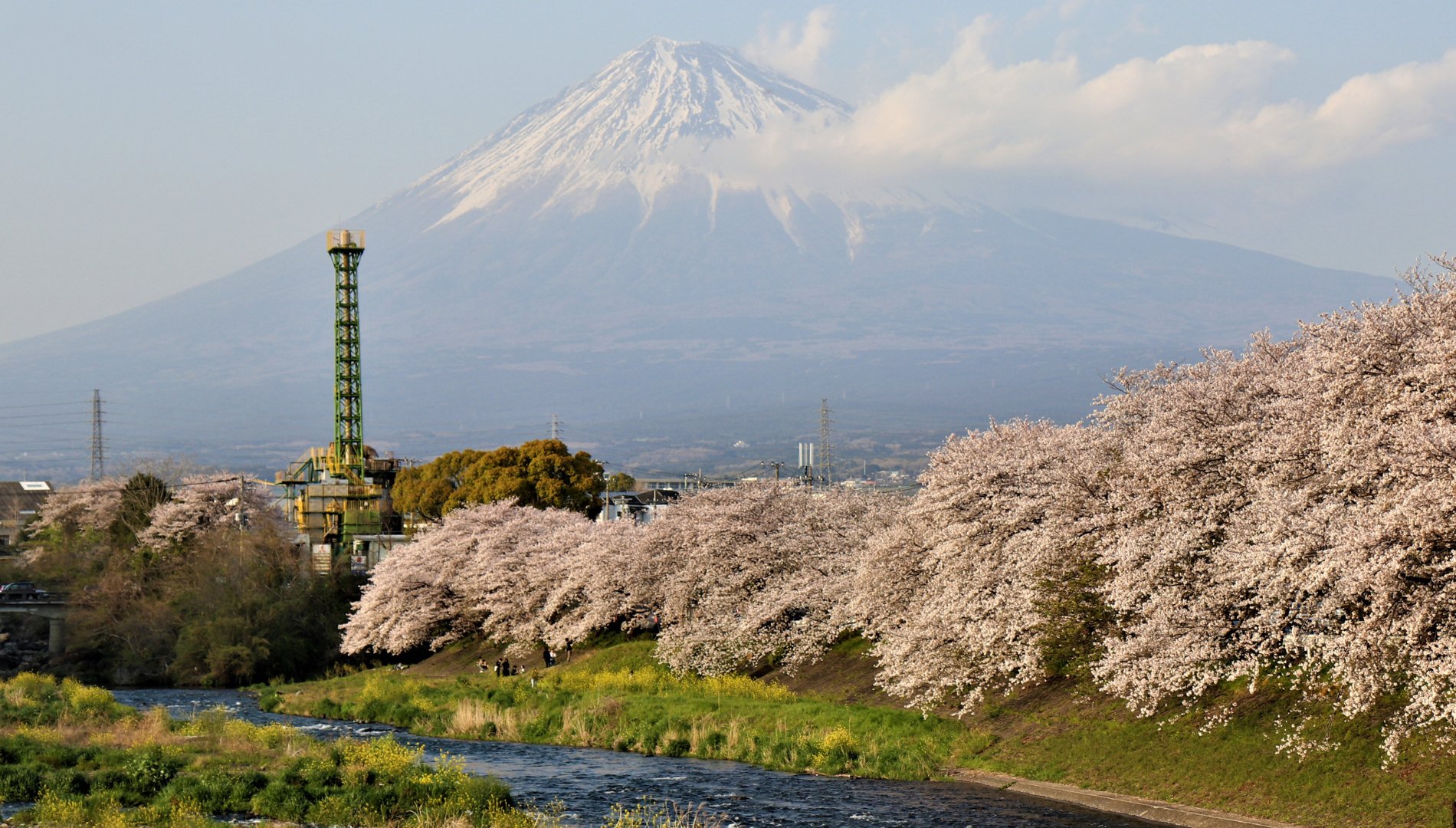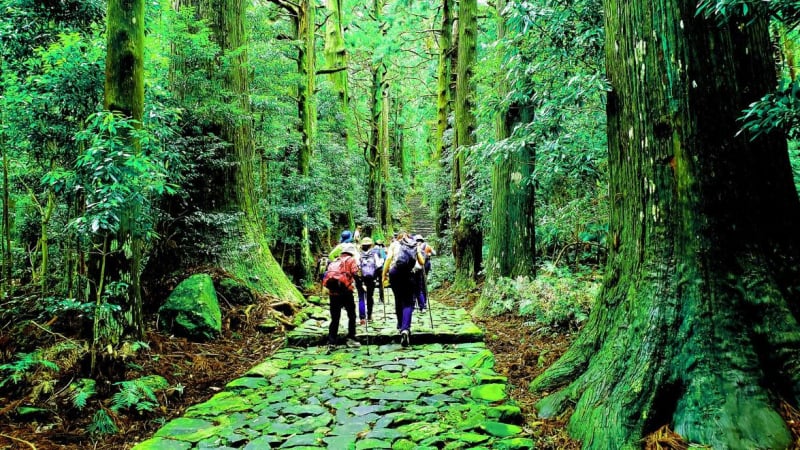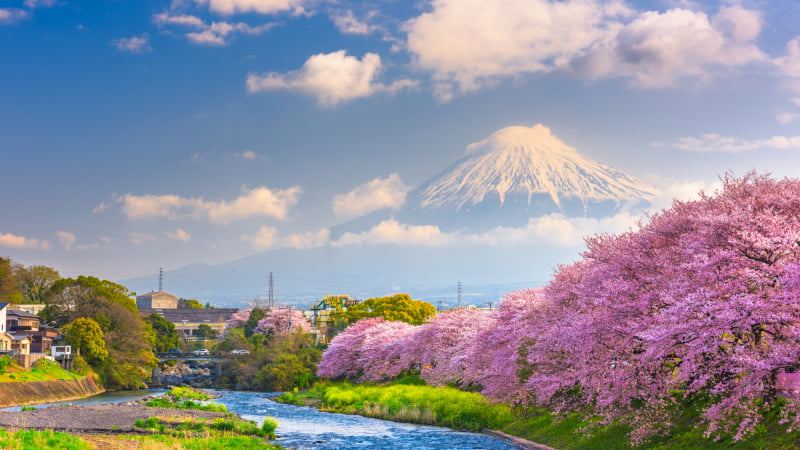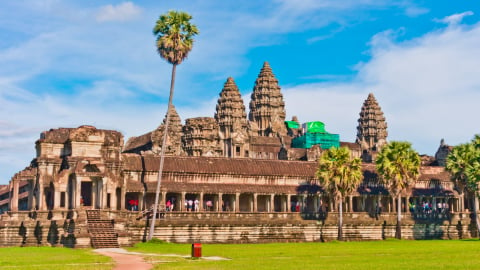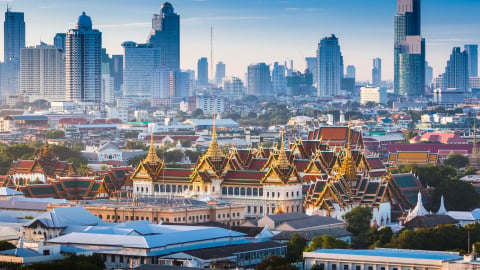The climbing season on the majestic Mount Fuji, Japan’s sacred symbol, is always an eagerly awaited annual event. Lasting from July to early September, the climbing season offers a unique opportunity for visitors from all over the world to admire the breathtaking beauty of this mountain and challenge themselves to conquer the 3,776-meter peak.
The year 2025 marks a new era in tourism management at Mount Fuji with stricter regulations to ensure the safety of climbers, protect the environment and maintain the heritage value of the mountain.
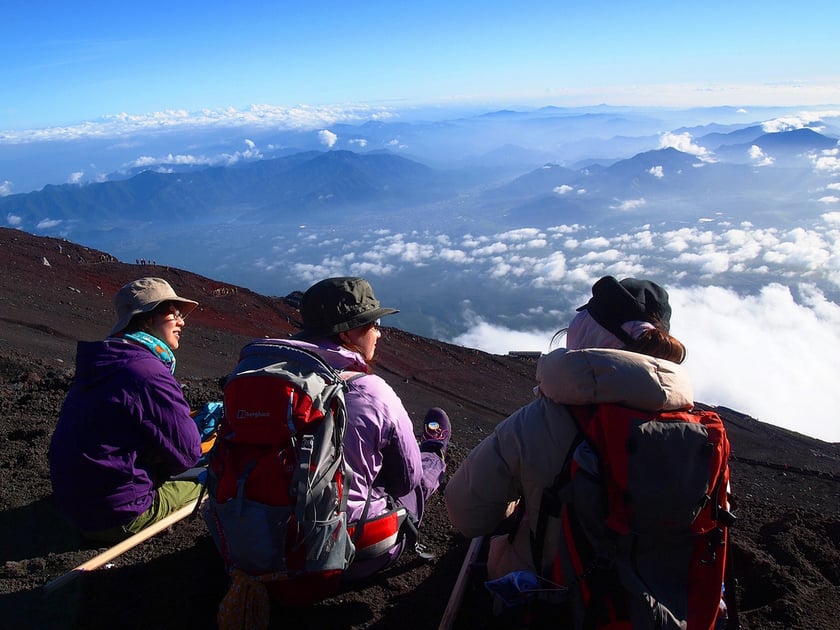
This year, the Yamanashi prefectural government limited the number of people allowed to hike the Yoshida trail to 4,000 per day and doubled the entrance fee to 4,000 yen ($28).
The routes to Mt. Fuji are divided into four main routes. This year, the Yoshida Route, located in Yamanashi Prefecture, officially opened the earliest on July 1. The remaining three routes, Fujinomiya, Subashiri, and Gotemba, in Shizuoka Prefecture, opened later on July 10.
According to figures from the Yamanashi prefectural government, on the first day of opening, 1,009 people booked to climb the Yoshida route, of which a remarkable 60% were international tourists. This shows the strong attraction of Mount Fuji to the global tourism community.

Those planning to ascend the mountain via the Yoshida trail must also agree to conditions set by local authorities when booking online, including bringing warm clothing and appropriate footwear.
One of the most notable changes this season is the introduction of a uniform fee of 4,000 yen (about $25) per climber across all four routes. Previously, only the Yoshida route charged 2,000 yen, while the other three routes were free. The decision, according to The Independent, is aimed at spreading out the number of visitors and creating funds for the maintenance and protection of the mountain.
In addition to the toll collection, the Yamanashi and Shizuoka prefectural governments have implemented a series of new measures to enhance safety and protect the heritage environment. In particular, Yamanashi prefecture has invested 15 million yen to build a permanent steel gate at the 5th station of the Yoshida Line, replacing the temporary wooden gate. The gate will close from 2 p.m. to 3 a.m. the following day, two hours earlier than last year. The main purpose is to prevent late-night climbing and "bullet climbing" - climbing overnight without rest, which poses many health and safety risks.

Yamanashi Prefecture has tightened safety measures amid a surge in foreign tourists and growing concerns about unprepared climbers.
The Yoshida Line, which is the most popular, will be capped at 4,000 people per day at the 5th station. While the other three lines do not have specific quotas, they will be subject to similar curfews to maintain order. Those who do not reach the 5th station by 2 p.m. will not be allowed to continue their journey unless they have booked overnight accommodations at mountain stations. Inexperienced climbers are also advised to go with a guide, and those without proper climbing equipment may be refused access to the mountain for their own safety and the safety of others.
The stricter controls come after Mount Fuji recorded more than 204,000 climbs in 2024, down nearly 8% from the previous year. Overcrowding, littering and poor visitor behavior have become major concerns for local authorities in recent years, prompting them to seek solutions to protect the mountain.

The Shizuoka prefectural government also plans to implement similar restrictions this summer, banning climbers from 2 p.m. the previous day to 3 a.m. the next day.
Mount Fuji is not the only mountain that has adopted some form of fee to manage tourism. For example, the Nepalese government charges up to $11,000 for a permit to climb Mount Everest during the peak season and is expected to increase to $15,000 from next September, according to the BBC. This shows that charging fees and tightening regulations is a common trend among many famous natural tourist destinations in the world to ensure sustainability.
With a height of 3,776 meters, Mount Fuji is not only a national symbol but also a spiritual destination for hundreds of years for Japanese Shinto and Buddhist followers. In 2013, the mountain was recognized by UNESCO as a World Cultural Heritage, affirming its outstanding value in both natural and cultural aspects.
Each route up Fuji has its own unique characteristics. The Fujinomiya route is the shortest but has the steepest slope, requiring good physical fitness. The Gotemba route is the longest and has the greatest elevation difference, providing a challenging climbing experience. The Subashiri route is famous for its spectacular sunrise view and joins the Yoshida route near the summit, creating a route chosen by many beginners because of its convenience. This diversity allows visitors to choose a route that suits their experience and wishes.






